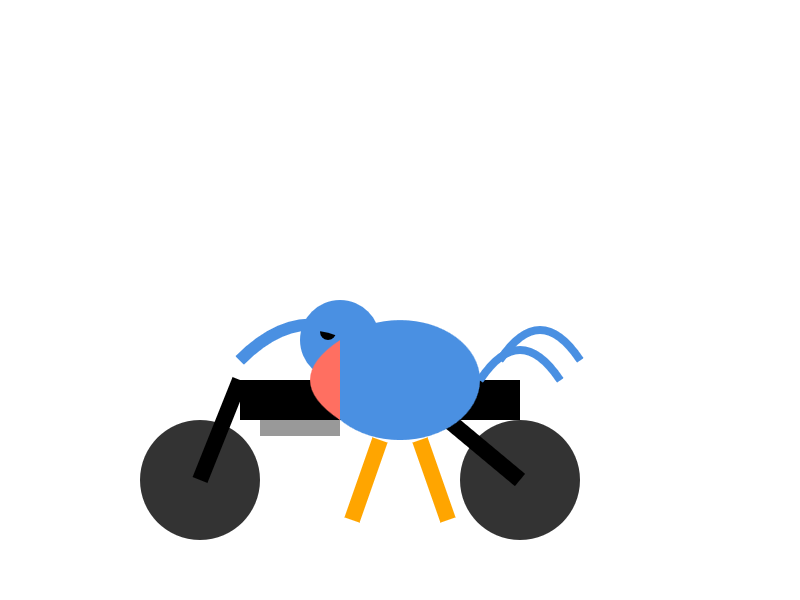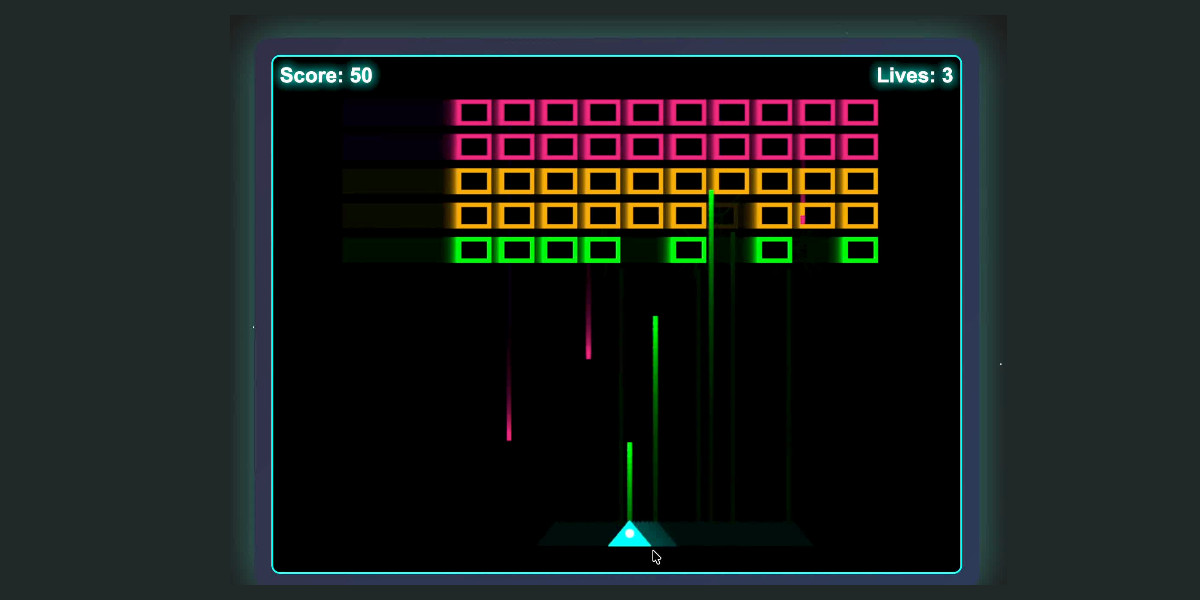5 posts tagged “ivan-fioravanti”
2025
Qwen-Image-Edit: Image Editing with Higher Quality and Efficiency.
As promised in their August 4th release of the Qwen image generation model, Qwen have now followed it up with a separate model, Qwen-Image-Edit, which can take an image and a prompt and return an edited version of that image.
Ivan Fioravanti upgraded his macOS qwen-image-mps tool (previously) to run the new model via a new edit command. Since it's now on PyPI you can run it directly using uvx like this:
uvx qwen-image-mps edit -i pelicans.jpg \
-p 'Give the pelicans rainbow colored plumage' -s 10
Be warned... it downloads a 54GB model file (to ~/.cache/huggingface/hub/models--Qwen--Qwen-Image-Edit) and appears to use all 64GB of my system memory - if you have less than 64GB it likely won't work, and I had to quit almost everything else on my system to give it space to run. A larger machine is almost required to use this.
I fed it this image:

The following prompt:
Give the pelicans rainbow colored plumage
And told it to use just 10 inference steps - the default is 50, but I didn't want to wait that long.
It still took nearly 25 minutes (on a 64GB M2 MacBook Pro) to produce this result:

To get a feel for how much dropping the inference steps affected things I tried the same prompt with the new "Image Edit" mode of Qwen's chat.qwen.ai, which I believe uses the same model. It gave me a result much faster that looked like this:

Update: I left the command running overnight without the -s 10 option - so it would use all 50 steps - and my laptop took 2 hours and 59 minutes to generate this image, which is much more photo-realistic and similar to the one produced by Qwen's hosted model:

Marko Simic reported that:
50 steps took 49min on my MBP M4 Max 128GB
qwen-image-mps (via) Ivan Fioravanti built this Python CLI script for running the Qwen/Qwen-Image image generation model on an Apple silicon Mac, optionally using the Qwen-Image-Lightning LoRA to dramatically speed up generation.
Ivan has tested it this on 512GB and 128GB machines and it ran really fast - 42 seconds on his M3 Ultra. I've run it on my 64GB M2 MacBook Pro - after quitting almost everything else - and it just about manages to output images after pegging my GPU (fans whirring, keyboard heating up) and occupying 60GB of my available RAM. With the LoRA option running the script to generate an image took 9m7s on my machine.
Ivan merged my PR adding inline script dependencies for uv which means you can now run it like this:
uv run https://raw.githubusercontent.com/ivanfioravanti/qwen-image-mps/refs/heads/main/qwen-image-mps.py \
-p 'A vintage coffee shop full of raccoons, in a neon cyberpunk city' -f
The first time I ran this it downloaded the 57.7GB model from Hugging Face and stored it in my ~/.cache/huggingface/hub/models--Qwen--Qwen-Image directory. The -f option fetched an extra 1.7GB Qwen-Image-Lightning-8steps-V1.0.safetensors file to my working directory that sped up the generation.
Here's the resulting image:

XBai o4 (via) Yet another open source (Apache 2.0) LLM from a Chinese AI lab. This model card claims:
XBai o4 excels in complex reasoning capabilities and has now completely surpassed OpenAI-o3-mini in Medium mode.
This a 32.8 billion parameter model released by MetaStone AI, a new-to-me lab who released their first model in March - MetaStone-L1-7B, then followed that with MetaStone-S1 1.5B, 7B and 32B in July and now XBai o4 in August.
The MetaStone-S1 models were accompanied with a paper, Test-Time Scaling with Reflective Generative Model.
There is very little information available on the English-language web about MetaStone AI. Their paper shows a relationship with USTC, University of Science and Technology of China in Hefei. One of their researchers confirmed on Twitter that their CEO is from KWAI which lead me to this Chinese language article from July last year about Li Yan, formerly of KWAI and now the founder of Wen Xiaobai and evidently now the CEO of MetaStone. www.wenxiaobai.com is listed as the "official website" linked to from the XBai-o4 README on GitHub.
Ivan Fioravanti got it working under MLX in 4bit, 5bit, 6bit, 8bit and 4bit-DWQ sizes. I tried his 6bit one (a 24.81GB download) in LM Studio and had it "Generate an SVG of a pelican riding a bicycle". It thought for 39.49 seconds (thinking trace here) and gave me this:

I also had it "Write an HTML and JavaScript page implementing space invaders", which you can try out here. It's not great - the invaders don't fire bullets (it listed that as a "potential improvement") and I don't think it's winnable due to timing issues, but it's an interesting addition to my collection.
LM Studio reported a constant memory usage of 25.54GB and according to Activity Monitor used 87.5% of my GPU and around 39% of a CPU core.
It did a lot of work in the thinking trace - which took 10m35s! - including writing the first draft of much of the code that ended up in the finished result. Here's an extract:
Let me think of variables:
let enemyDirection = 1; // 1 for right, -1 for leftIn the game loop:
enemies.forEach(enemy => {> enemy.x += enemyDirection * enemy.dx;> });Then check if any enemy is out of bounds. If so, reverse direction and move all enemies down.But how to check if any enemy is at the edge?
Maybe find the max x of all enemies and see if it exceeds
canvas.width - enemy.width.Alternatively, track the leftmost and rightmost positions of enemies. Maybe a bit complex.
For simplicity, perhaps check if any enemy's
x + width > canvas.width or x < 0.
Here's the full transcript.
My initial impressions are that I'm not as impressed with this model for running on my own laptop as I was with Qwen3-Coder-30B-A3B-Instruct or GLM-4.5 Air.
But... how extraordinary is it that another Chinese AI lab has been able to produce a competitive model, this time with far less fanfare than we've seen from Qwen and Moonshot AI and Z.ai.
My 2.5 year old laptop can write Space Invaders in JavaScript now, using GLM-4.5 Air and MLX
I wrote about the new GLM-4.5 model family yesterday—new open weight (MIT licensed) models from Z.ai in China which their benchmarks claim score highly in coding even against models such as Claude Sonnet 4.
[... 685 words]GLM-4.5: Reasoning, Coding, and Agentic Abililties. Another day, another significant new open weight model release from a Chinese frontier AI lab.
This time it's Z.ai - who rebranded (at least in English) from Zhipu AI a few months ago. They just dropped GLM-4.5-Base, GLM-4.5 and GLM-4.5 Air on Hugging Face, all under an MIT license.
These are MoE hybrid reasoning models with thinking and non-thinking modes, similar to Qwen 3. GLM-4.5 is 355 billion total parameters with 32 billion active, GLM-4.5-Air is 106 billion total parameters and 12 billion active.
They started using MIT a few months ago for their GLM-4-0414 models - their older releases used a janky non-open-source custom license.
Z.ai's own benchmarking (across 12 common benchmarks) ranked their GLM-4.5 3rd behind o3 and Grok-4 and just ahead of Claude Opus 4. They ranked GLM-4.5 Air 6th place just ahead of Claude 4 Sonnet. I haven't seen any independent benchmarks yet.
The other models they included in their own benchmarks were o4-mini (high), Gemini 2.5 Pro, Qwen3-235B-Thinking-2507, DeepSeek-R1-0528, Kimi K2, GPT-4.1, DeepSeek-V3-0324. Notably absent: any of Meta's Llama models, or any of Mistral's. Did they deliberately only compare themselves to open weight models from other Chinese AI labs?
Both models have a 128,000 context length and are trained for tool calling, which honestly feels like table stakes for any model released in 2025 at this point.
It's interesting to see them use Claude Code to run their own coding benchmarks:
To assess GLM-4.5's agentic coding capabilities, we utilized Claude Code to evaluate performance against Claude-4-Sonnet, Kimi K2, and Qwen3-Coder across 52 coding tasks spanning frontend development, tool development, data analysis, testing, and algorithm implementation. [...] The empirical results demonstrate that GLM-4.5 achieves a 53.9% win rate against Kimi K2 and exhibits dominant performance over Qwen3-Coder with an 80.8% success rate. While GLM-4.5 shows competitive performance, further optimization opportunities remain when compared to Claude-4-Sonnet.
They published the dataset for that benchmark as zai-org/CC-Bench-trajectories on Hugging Face. I think they're using the word "trajectory" for what I would call a chat transcript.
Unlike DeepSeek-V3 and Kimi K2, we reduce the width (hidden dimension and number of routed experts) of the model while increasing the height (number of layers), as we found that deeper models exhibit better reasoning capacity.
They pre-trained on 15 trillion tokens, then an additional 7 trillion for code and reasoning:
Our base model undergoes several training stages. During pre-training, the model is first trained on 15T tokens of a general pre-training corpus, followed by 7T tokens of a code & reasoning corpus. After pre-training, we introduce additional stages to further enhance the model's performance on key downstream domains.
They also open sourced their post-training reinforcement learning harness, which they've called slime. That's available at THUDM/slime on GitHub - THUDM is the Knowledge Engineer Group @ Tsinghua University, the University from which Zhipu AI spun out as an independent company.
This time I ran my pelican bechmark using the chat.z.ai chat interface, which offers free access (no account required) to both GLM 4.5 and GLM 4.5 Air. I had reasoning enabled for both.
Here's what I got for "Generate an SVG of a pelican riding a bicycle" on GLM 4.5. I like how the pelican has its wings on the handlebars:

And GLM 4.5 Air:

Ivan Fioravanti shared a video of the mlx-community/GLM-4.5-Air-4bit quantized model running on a M4 Mac with 128GB of RAM, and it looks like a very strong contender for a local model that can write useful code. The cheapest 128GB Mac Studio costs around $3,500 right now, so genuinely great open weight coding models are creeping closer to being affordable on consumer machines.
Update: Ivan released a 3 bit quantized version of GLM-4.5 Air which runs using 48GB of RAM on my laptop. I tried it and was really impressed, see My 2.5 year old laptop can write Space Invaders in JavaScript now.
